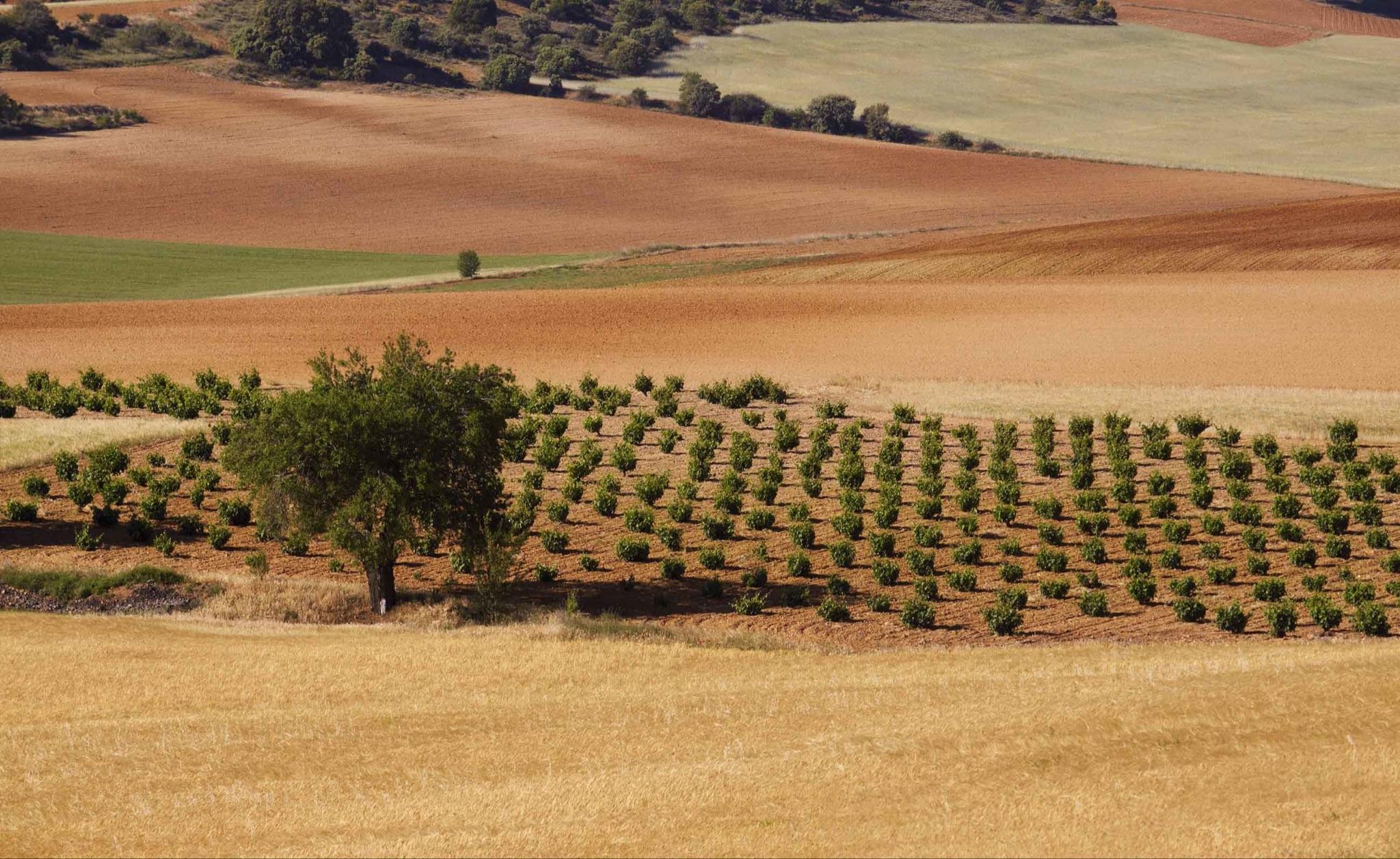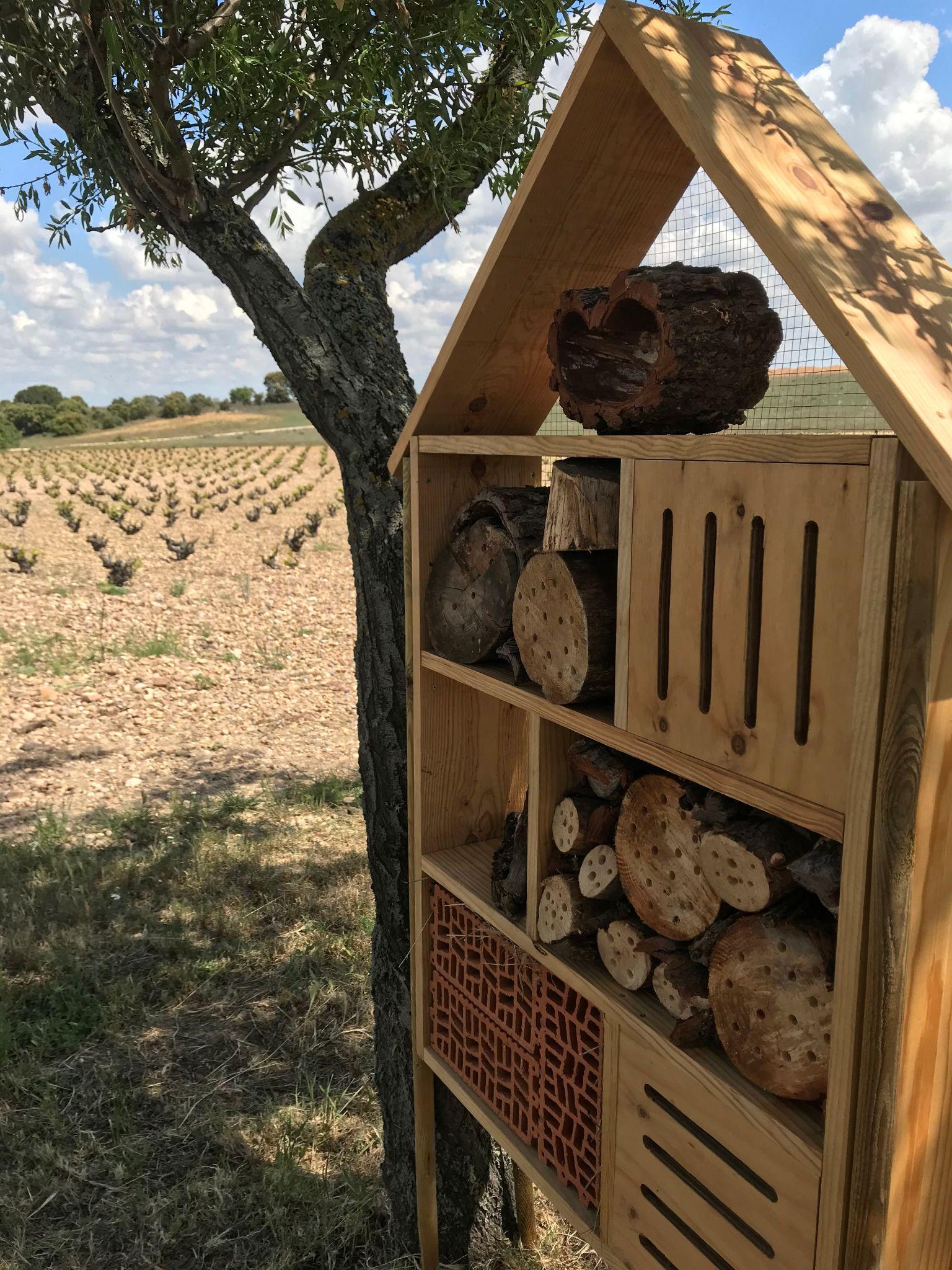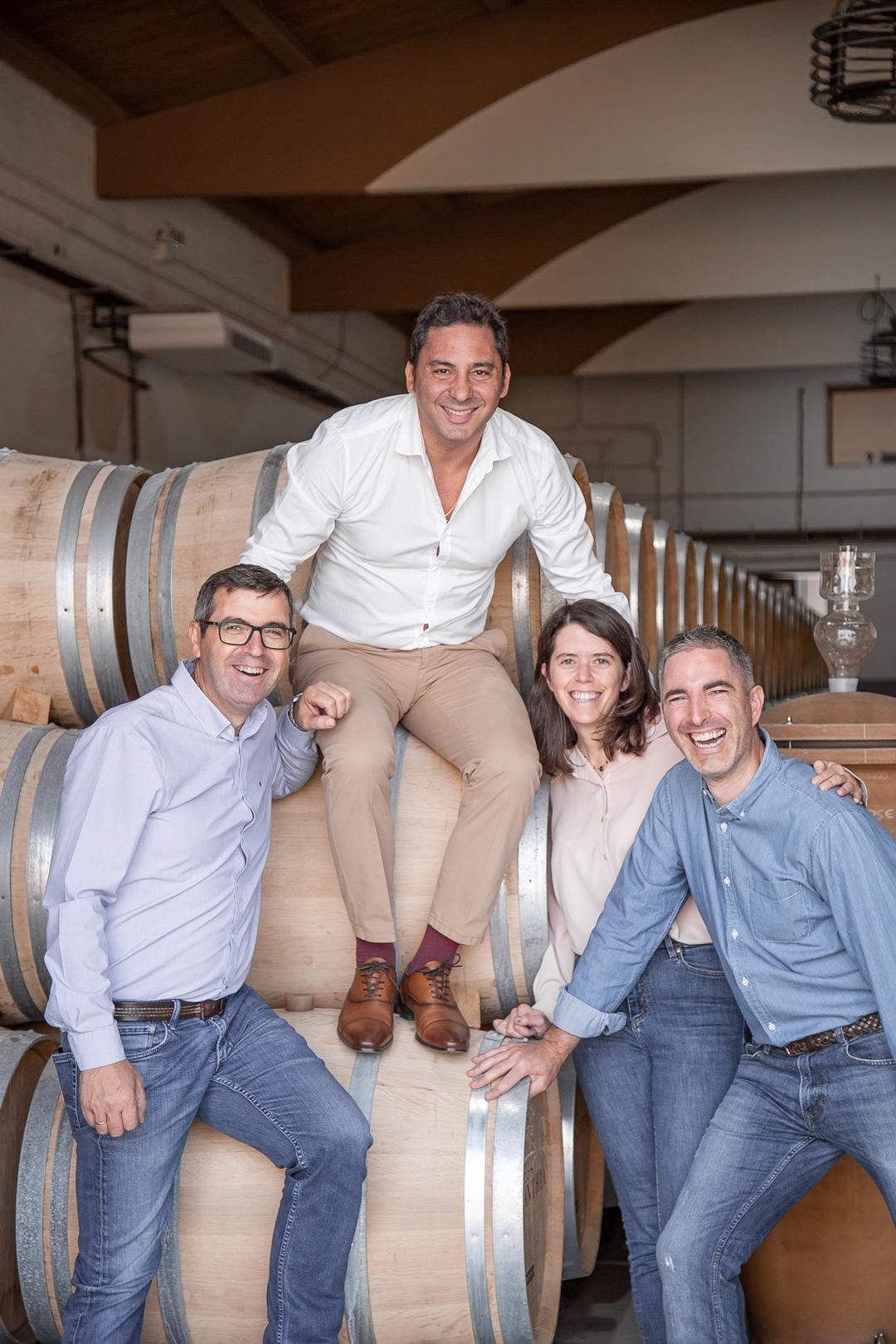Founded in 1998, Bodega Numanthia is located in Valdefinjas, Castilla y León, in the Northwest of Spain. It was one of the first estates to realize the potential of the Toro region, an outstanding terroir known for its beautiful expression of the timeless Tinta de Toro variety. The vineyard is composed of 494 acres of vines in the communes of Toro, Morales de Toro, Valdefinjas, Venialbo, El Pego and Argujillo. Bodega Numanthia is dedicated to making wines that honestly reflect thediversityoftheirvineyards.

SINCE�2013

KEY�FACTS
CLIMATE: Extremetemperaturesinthe winterandsummer.TheinfluenceoftheDuero Rivercreatesperiodsoffogduringthewinter; summersbringashortageofrainfall.
ELEVATION:�2,133feetto2,625feet (650to800m)
SOILS: Gravelandsandwithclaysubsoil
CLASS: DOToro
HISTORY
Bodega Numanthia is a living tribute to the fearless warriors of Numancia, whose inhabitants heroically resisted the Roman army for 20 years in 134 B.C., preferring to sacrifice their lives rather than surrender.


This resilient spirit extends to the region’s long-standing traditions in winemaking and viticulture. The vineyards were planted by enterprising families centuries ago during the Roman era. The vines have survived the phylloxera plague during the late 19th Century and the region’s naturally extreme climate conditions. During the Middle ages, Toro wines were also the first to travel to the Americas on Christopher Columbus’ voyage in 1492.

VINE: 494acres(200ha)in150parcels throughoutToro
KEY�VARIETALS:�TintadeToro





ECO: Certifiedorganic Vinesare dry-farmedandmanagedwithout pesticidesorherbicides
INNOVATE: Thevineyardiscertified organicandthewinery’s40acresof organicallygrownpineforestpromote biodiversity


viticultureandenology.
SUSTAINABLE�VALUES
Numanthia’smissionistopreservethenatural and centenarian cultural patrimony of Toro region. All old vineyards are managed organically. So far, they have certified 287 acres (116 ha) and are planning to reach 100% organic certified by 2024. To protect their ecosystem, they encourage and preserve biodiversity through a collaboration with GREFA (Grupo de Rehabilitación de la Fauna Autóctona y su Hábitat), a non-profit wildlife advocacy group. Bodega Numanthia


Finally,WinemakingandSustainabilityManagerMarineRousselgrew up near Montpellier, France, in the heart of Pic Saint-Loup. She worked in several wine regions, including Pommard, Bordeaux, Napa Valley,andMendoza.
 Vineyard Manager Alejandro Vicente, is a native of Toro and worked on his family farm before studying agriculture engineering and enology.
Vineyard Manager Alejandro Vicente, is a native of Toro and worked on his family farm before studying agriculture engineering and enology.
TERROIR


Bodega Numanthia benefits from the widely varied climate of DO Toro. The region has eight different terroir types, and is known for its semi-arid climate with harsh winters and hot summers. With the Douro River running through the north of the area, the vineyards experience periods of fog that help cool off the grapes during the brutally hot summers. Wide diurnal temperature shifts also allow the grapes to maintain their acidity and balance.
The gravel and sand soils contain little organic matter. This,coupled with a climate that is prone to long periods of drought with little rainfall, provides a stressful environment for vines. This is key to the highly complex, concentrated and full-bodied wines DO Toro is known to produce.



The land is populated with a vast range of flora and fauna including orange, fig, olive, prickly pear, and oak trees. A large variety ofherbs and flowers such as thyme, juniper, rockroses, and broom all contribute to the character of Numanthia’s wines.

BodegaNumanthia’swinesarenamedafter theCeltiberianvillagesaroundNumancia. Differentelementsofthewinepackaging areinspiredbyobjectsdiscoveredduring thelocalarchaeologicalexpeditionsinthe cityofNumancia.
VITICULTURE�&�WINEMAKING


VITICULTURE Bodega Numanthia is composed of 200 hectares (494 acres) of vines in the villages of Toro: Morales de Toro, Valdefinjas, Venialbo, El Pego and Argujillo. Vines are between 70 and 200 years-old; the un-grafted vines are goblet-trained to protect them from long periods of drought and extended sun exposure. The lack of rainfall and irrigation force vine roots to grow up to five meters into the earth to reach water. This deprivation results in low-yields with highly-concentrated,thick-skinnedfruit.Theaverageyieldis1,600lbsperacre(1,800kgperha).

WINEMAKING Each of the 150 plots are manually-harvested between the first weeks of September and early October, after they have been individually confirmed to be at their optimal maturity. Grapes are selected with an optical sorter and then see a 4-5 day period of cold prefermentative maceration. Extended maceration on the skins after fermentation in eithernewFrenchorneutralFrenchoakbarrelscreatealushtextureonthepalate.BodegaNumanthiafocuseson“infusion ratherthanextraction”toachievethebalanceofpowerandelegance.
Numanthia is a wine crafted to reflect the diversity of the Toro terroir and is blended from 100 plots. After 18 months in French oak, it is bottle aged at the winery for 5 years before release. Termanthia is an expression of the Tinta de Toro grape fromselectparcelsoftheiroldestvines.Itspends22monthsinFrenchoak,followedby5yearsofbottleaging.
Most of Numanthia’s vines are between 70 and 200 years-old. An exceptional plot of 4.8 hectares (10 acres) located in Argujillowasplantedmorethan 120 years ago, and some select vines have been dated as far backas200years.Localfamilies have cared for these plots for generations, and work closely with the team at Bodega Numanthia.
How�is�the�terroir�reflected�in�the� wines�of�Bodega�Numanthia?
The wines of Bodega Numanthia have a rare duality of expression that is both warm and fresh. They evoke fresh herbs such as thyme, mint and eucalyptus, as wellasredfruit,licorice,cinnamonandpepper.


The wines are all from Tinta de Toro; a strain of Tempranillo that thrives in the gravel, sand and clay soils of the region. The plant’s fight for nourishment due to soil conditions and low rainfall yields thick-skinned, highly concentrated fruit known as “the blackest of black grapes”. This fruit becomes full-bodied,fruit-forwardwinethatisalsoquiteearthy.
BODEGA�NUMANTHIA� PORTFOLIO:
Numanthia, Termanthia
Numanthia
DO Toro
Varieties
100% Tinta de Toro
Vinification
18 months in French oak 225L and 400L barrels. 60% new barrels, 40% second use
Good�to�Know
Sourced from ungrafted vines that are 70+ years-old
Singularities�of�the�winery
Working hand-to-hand with local families, Bodega
Numanthia manages its vineyards through organic practices, striving to preserve, protect and nourish the heritage of the land. The estate proudly produces wine using 100% Tinta de Toro, a variety thathasgrownheresincethe2ndCenturyB.C.



Why�is�Bodega�Numanthia�a� Grandes�Pagos�de�España�winery?
BodegaNumanthiaisfullyalignedwiththemission ofGrandesPagosdeEspaña:todefendtheunique personalityofestatewinesandtosharetheirculture anduniqueness.

ermanthia
DO Toro
Varieties
100% Tinta de Toro
Vinification



22 months in new French oak barrels; racked every four months
Good�to�Know
sourced from un-grafted, 120+ year old vines.
NUMANTHIA
@BODEGANUMANTHIA
NUMANTHIA.COM�
Contact:� contact@numanthia.com
Real�s/n� 49882�Valdefinjas,� Zamora















 Vineyard Manager Alejandro Vicente, is a native of Toro and worked on his family farm before studying agriculture engineering and enology.
Vineyard Manager Alejandro Vicente, is a native of Toro and worked on his family farm before studying agriculture engineering and enology.

















